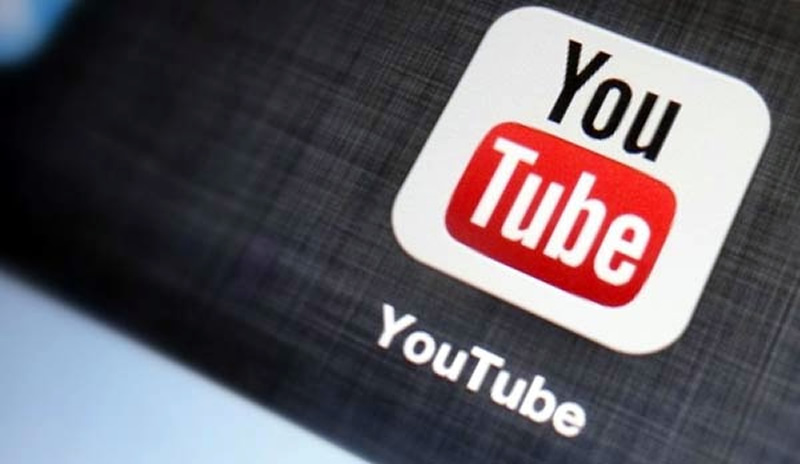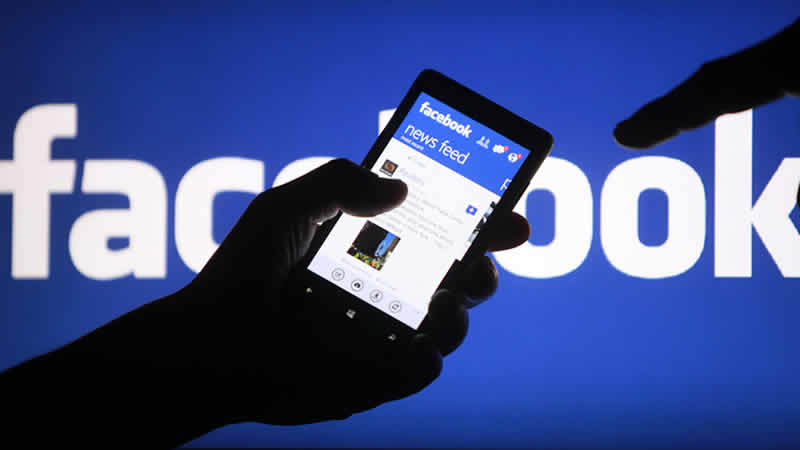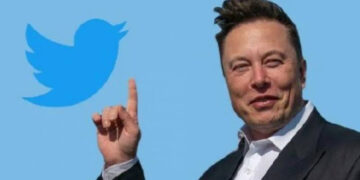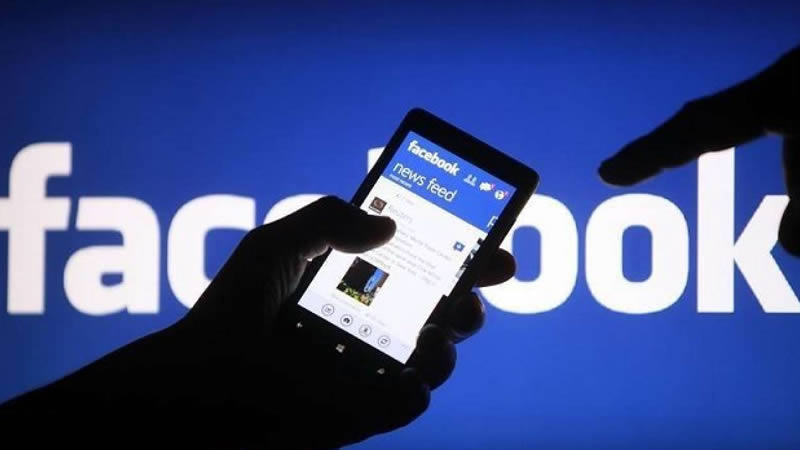The Supreme Court was informed on Tuesday that a localised domain of the popular video sharing website YouTube, which has hitherto been blocked in the country, had been launched.
[contentblock id=2 img=gcb.png]
The news came as Google formally announced the launch of Urdu language support and local domain services for YouTube in Pakistan. But the Pakistan Telecommunication Authority (PTA) seems unaware of these developments and maintains that YouTube is still blocked in the country.

A two-judge Supreme Court bench, consisting of Justice Ejaz Afzal Khan and Justice Qazi Faez Isa, was told by Additional Attorney General (AAG) Aamir Rehman that a 25-member complaint cell had been set up to monitor offensive websites, which could move to block a site bearing blasphemous or objectionable content on the receipt of a complaint. To date, the AAG said, PTA had closed over 49,899 objectionable websites, of which 10,500 were said to be blasphemous sites. Another 10,000 websites were proxy sites that helped users access blocked websites. However, the AAG conceded that the websites that used secure protocols (https) could still not be blocked. “But we now have the technology to remove unwanted content from YouTube,” PTA Director General Nisar Ahmed told the court. However, the court deplored people’s tendency to use technology for subversive purposes.
[contentblock id=1 img=adsense.png]
“There is a difference between other sites and YouTube, which is an educational device that helps people by providing knowledge,” Justice Isa observed, adding that all Internet users should not be punished for the follies of some, who seek out pornographic sites. “I am unable to understand why people look for blasphemous content on the Internet in the first place,” the judge regretted. “A gun can kill, but it also helps protect the lives of many,” the judge observed, adding that YouTube also had many positive things to offer. In its order, the bench asked the AAG, PTA DG and the Pakistan Electronic Media Regulatory Authority (Pemra) to highlight effective measures dealing with the scourge of pornography and objectionable content on the Internet. One way to discourage access to objectionable content, the PTA DG said tongue-in-cheek, was to shut down the Internet entirely, but hastened to add that YouTube was a useful tool that was even used by his children for help with their studies.












